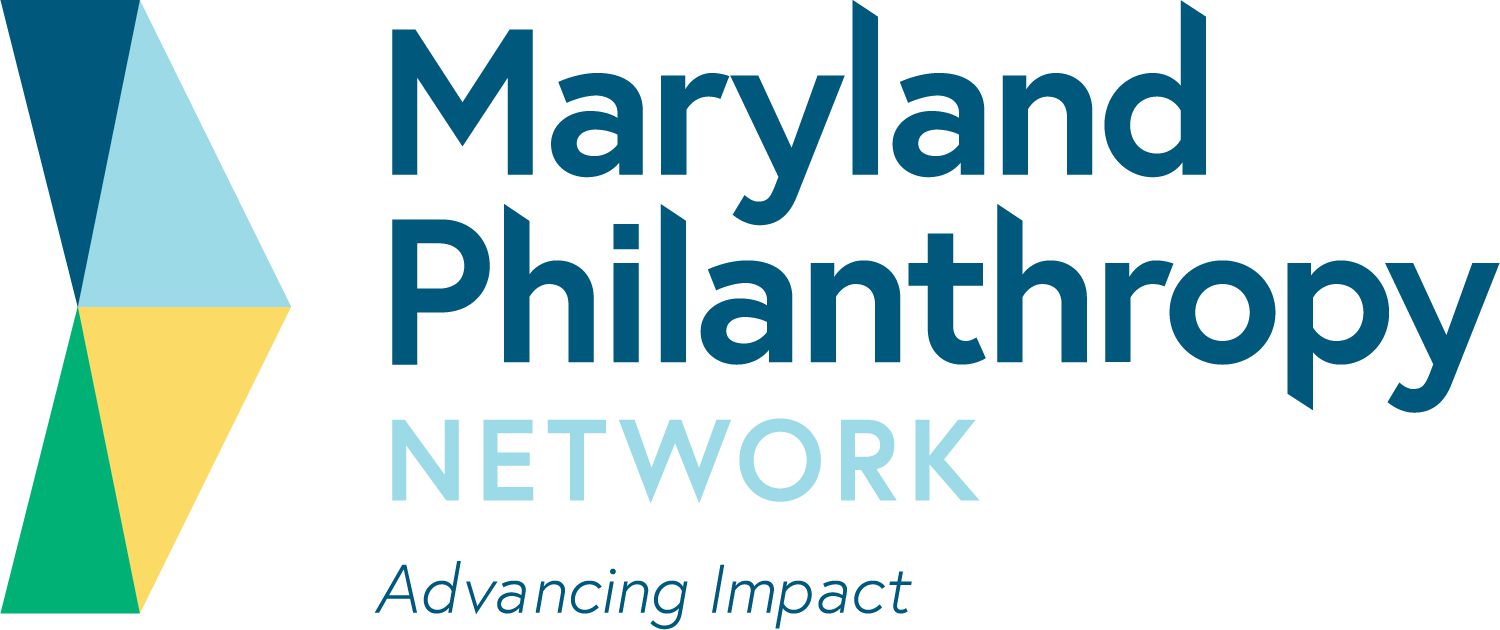Hunger has skyrocketed as a result of the coronavirus, but these nutrition programs can feed kids and promote equity
Childhood hunger was a problem in Maryland long before the coronavirus pandemic hit, and it’s no secret that the ongoing economic crisis has made the situation much more dire for many families. Parents and caregivers have lost jobs and wages and are finding themselves struggling even more to pay bills and put food on the table.
In August, No Kid Hungry Maryland released a new report based on data from the most recent Maryland Youth Risk Behavior Survey/Youth Tobacco Survey that showed 1 in every 4 middle and high school students in Maryland lacked consistent access to healthy food. Worse yet, these troubling rates of food insecurity were from before COVID-19. More recent data shows that food insecurity tripled in households with children in the first three months of the pandemic alone.
The risk of food insecurity is significantly higher for Black and Latino students. This isn’t new, but this pandemic has deepened those disparities.The effects of COVID-19 are hitting communities of color especially hard, due in large part to long standing economic and health inequities. A national report from No Kid Hungry found that almost half of American families are living with hunger during the pandemic, and those numbers are even worse among Black (53%) and Latino families (56%).
Already, this pandemic has erased more than a decade’s worth of progress toward ending childhood hunger, and the economic after effects won’t disappear overnight even once we have a vaccine. The good news is that here in Maryland, we have a number of solutions we know work to promote equity and make sure kids have the nutrition they need to reach their full potential.
Click here to read the full article.
Source: Center Maryland
FIND MORE BY:

